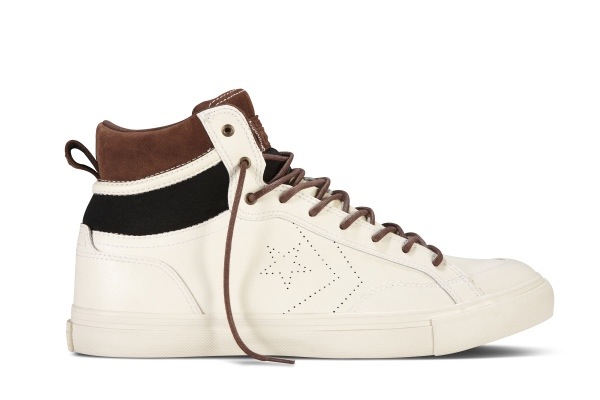
DALLAS, Nov 2, 2009 / FW/ — Maria Bello, Debra Messing, Dania Ramirez, Sofia Milos and Anne Heche have something in common. They all wear Max Mara.
Known more for “sensible” dressing than uber sexy silhouettes, Max Mara is fast becoming a favorite among celebrities for red carpet dressing as 21st century fashion evolves and Max Mara along with it.
Founded in 1951 by Achille Maramotti when the idea of prêt-a-porter just began to germinate, it was risky for anyone during that time to think that “manufactured’ women’s clothes (ready-to-wear) will replace haute couture in fashion.
Before 1960s, the prevailing belief is that if you are not wearing haute couture, you are just wearing clothes and not fashion. Achille Maramotti took a risk, and he won big.
The very first Max Mara collection, a camel coat and a geranium red suit, both of which were essential parts of a women’s wardrobe were given clean cuts and decisive lines. Its success was immediate and when the 1960s rolled around, while other fashion houses were re-tooling their ateliers to accommodate ready-to-wear, Max Mara had already evolved its production techniques.
The range of products was narrow – mannish broad double-breasted coats, elegant suits and sporting lines. And thus, the tastemakers of the era thought of Max Mara as “sensible dressing”; again, it was being compared to haute couture which was high fashion.
And as prêt-a-porter became more popular to the fashion tastemakers, Max Mara’s fame rose with it. And as it became more famous, the brand also evolved. It was one of the first Italian houses to recognize the importance of 1960s London mod era and the influence of the 1980s to the point that Max Mara even had its own contribution – the deconstruction and reconstruction of kimono sleeves for ready-to-wear.
The 1990s was a time when it consolidated and strengthened its House codes while in the 2000s, it began to renew itself, evolving once more to become relevant to the new generation of digital fashionistas.
The “sensible” dressing label is being dropped slowly and replaced with sagacious dressing a philosophy that fits the current zeitgeist of frowning on ostentatious luxury. Once again, Max Mara finds itself ahead of the curve.
While the second half of the 1990s and the first half of 2000s was all about flamboyance, wherein flaunting one’s riches is the norm, Max Mara had remained true to itself and developed a strategy for erudite dressing.
Hence, as other fashion houses are still trying to find its place in a global environment of understated luxury, Max Mara has already expanded its fan base, which to reiterate once more, include Maria Bello, Debra Messing, Dania Ramirez, Sofia Milos and Anne Heche.
[MARI DAVIS]
Photos by Getty Images









